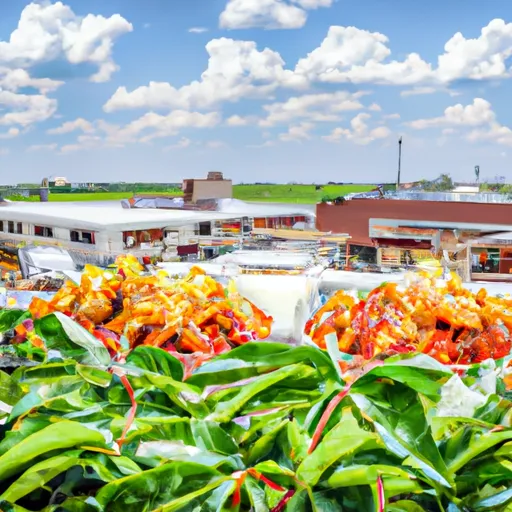°F
°F
mph
Windspeed
%
Humidity











Rushsylvania is a small village located in Logan County, Ohio. The climate in Rushsylvania is generally classified as a humid continental climate, characterized by hot summers and cold winters. The average temperature ranges from around 28°F (-2°C) in winter to approximately 75°F (24°C) in summer. Precipitation is evenly distributed throughout the year, with an annual average of around 40 inches (102 cm).
Hydrologically, Rushsylvania is situated near the headwaters of the Scioto River, one of Ohio's major rivers. The village is surrounded by numerous small streams and creeks that eventually feed into the Scioto River watershed. These water bodies provide opportunities for fishing, boating, and other water-based recreational activities.
Rushsylvania and its surrounding areas offer several outdoor recreation opportunities. The village is surrounded by picturesque countryside, making it an ideal destination for hiking, camping, and nature exploration. The nearby Indian Lake State Park offers a variety of recreational activities, including swimming, fishing, boating, and picnicking. Additionally, the surrounding forests provide opportunities for hunting and wildlife observation.
Overall, Rushsylvania, Ohio, presents a pleasant climate, proximity to water bodies, and a range of outdoor recreational activities that attract nature enthusiasts and those seeking to explore the natural beauty of the area.
Weather Forecast
Rushsylvania receives approximately 971mm of rain per year, with humidity levels near 82% and air temperatures averaging around 11°C. Rushsylvania has a plant hardyness factor of 6, meaning plants and agriculture in this region thrive during a short period during spring and early summer. Most plants will die off during the colder winter months.
Nearby Snowpack Depths
2
Inches
Regional Streamflow Levels
1,050
Cubic Feet Per Second
66
Cubic Feet Per Second
939
Cubic Feet Per Second
56
Cubic Feet Per Second
Nearby Camping
| Camping Area | Reservations | Toilets | Showers |
|---|---|---|---|
| Mary Jane Thurston State Park | |||
| Wayne County Fairgrounds RV |



